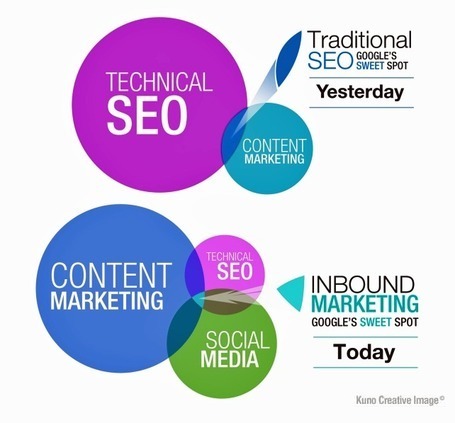Amazon is becoming a bit of a hot mess as they add streaming and move from things to digital bits, but the big A still has lessons every Ecommerce vet can learn for this holiday including:
* BIG Buy Now Button On Plane with Product Picture.
* Institutionalize Free Shipping (i.e. Prime makes free shipping a loyalty program).
* Customers Who Bought, Also Bought (great up-sale) on product page.
* Reviews & Review the Reviewer.
* Social prominent but not overbearing.
Big Buy Buttons
I like BIG buy buttons (see REI.com) with high contrast. I also like how Amazon puts their Buy button in what is normally a dead-end gutter (far right side of the page) on the same plane as their product headline.
Free Shipping As Loyalty
Prime is more than Free Shipping. Prime members get free streaming movies and other benefits. Amazon prime may have started as "free shipping" but it is rapidly becoming Amazon's loyalty program as they institutionalize it more and more (brilliant and a #STEALTHIS).
Up-Sale and Cross-Sale
I like that Amazon tried to sell you the product on the page AND something else. Many ecom sites pitch cross sale and that can get confusing. Customers have worked hard to get to THIS product page so why hit them with a lot of option that create dissonance. Better to say People who've purchased the product you are looking at also bought these other things. This is UP-SALE instead of CROSS-SALE (where you offer other similar items in the hope of making a sale on one of them).
Cross-Sale is most effective on products where you can move customers from THEIR products to YOUR products or from low margin to higher margin. I'm not in love with this kind of cross-sale because it can be confusing and distracting. Amazon includes cross sale WAY down the page in their "continue shopping" suggestions.
Review & Review the Reviewer
Most ecom websites have reviews, but few go the next easy step and ask for feedback on reviewers. A simple thumbs up or down on the reviews themselves can identify star reviewers. Writers fight to get on Amazon's review team more for the social kudos than the free books. Your "review team" should be a hotly competed for club too.
Social (Facebook, Twitter, Pinterest)
I would suggest those three social icons at the very least for any e-commerce website. You may also want to add LinkedIn (if you re B2B) or a tool/net like Scoop.it or Paper.li.

 Your new post is loading...
Your new post is loading...












